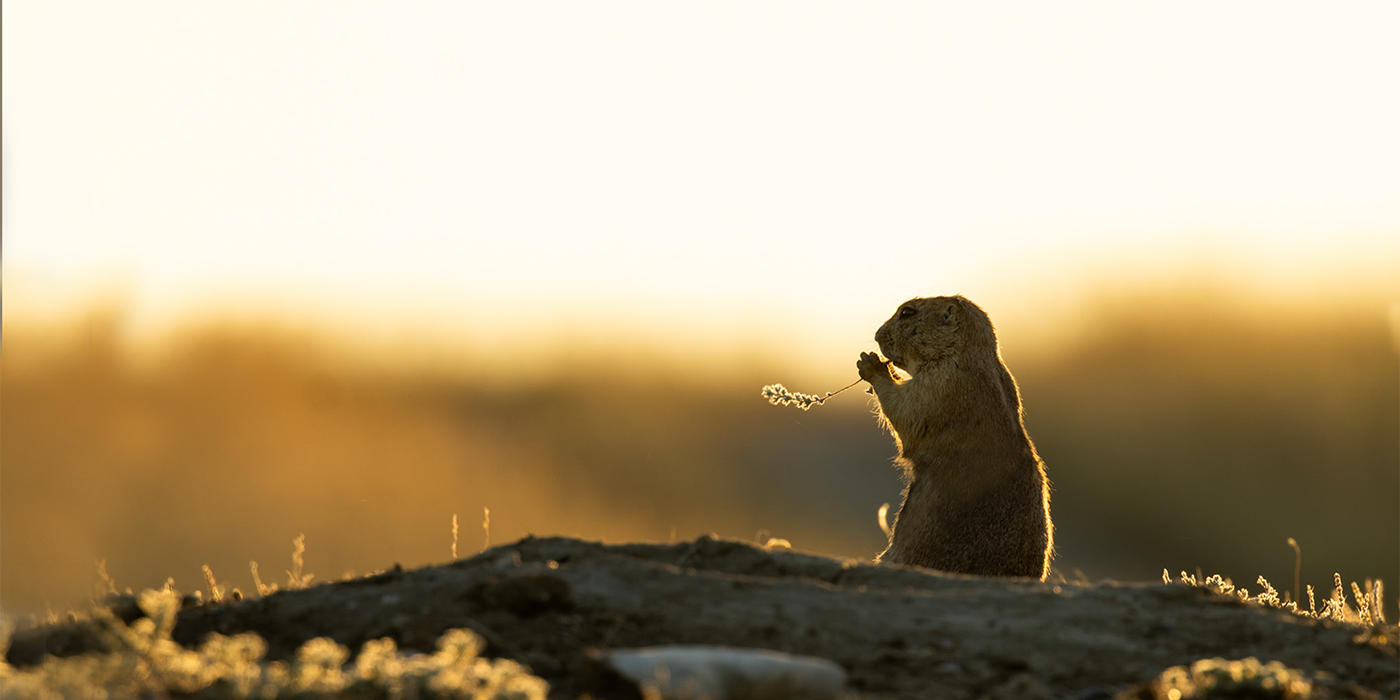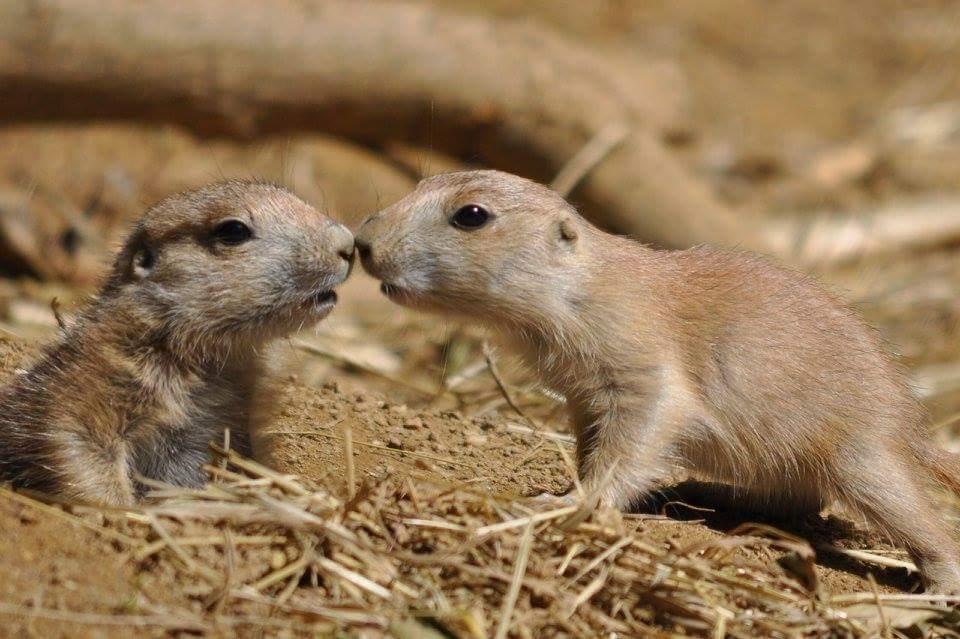Keystone Interactions Between Prairie Dogs and Grassland Songbirds
Prairie dogs are a keystone species that provides disturbance in North American grasslands through grazing, burrowing, and clipping. This behavior shapes the habitat of countless prairie residents, including grassland birds.
Many studies have explored the connections between prairie dogs and grassland birds. But we still don’t fully understand how the lives of grassland birds change in the presence of prairie dog communities. For example, almost no work has been done to investigate the effects of prairie dogs on songbird demographic rates, nest success, growth rate, or abundance.) Given the rapid declines of both prairie dogs and grassland bird species, it is critically important to understand the ecological relationships between these two animal groups.
Do Prairie Dogs Influence Songbirds?
Prairie dog burrowing and grazing creates prairie dog “towns” — distinct patches of open habitat featuring shortgrass prairie, burrow mounds, and abundant wildflowers.
Even though many kinds of birds breed on prairie dog towns, we know surprisingly little about how prairie dogs influence key factors that impact population growth or decline of nesting birds.
- Is nest success higher or lower on prairie dog towns?
- Is food availability for birds different on and off dog towns?
- Does that difference lead to faster or slower growth rates of nestlings?
Prairie dog towns could affect bird populations in many ways. They are hubs of predator activity: badgers and coyotes hunt prairie dogs, while snakes live in old burrows. At the same time, birds may spot predators from farther away in the shorter grass. They could also eavesdrop on prairie dogs’ alarm calls for warnings that predators are nearby.
Gathering Data by Visiting Songbird Nests
Our Smithsonian research team spends each summer finding as many bird nests as possible in areas on and off prairie dog towns. We focus on two species: horned larks, which are abundant on prairie dog towns, and chestnut-collared longspurs, which are found near prairie dogs and in taller grasses. Both species are in rapid decline on the Great Plains and are of high conservation interest.
To compare breeding success on and off prairie dog towns, we monitor the birds’ nests. Our team members survey nests from scraggly shrubs and dense, shin-high grasses to the heart of bustling prairie dog towns where the grass scarcely reaches above our ankles. Once we find a nest, we visit every 2-3 days to check its status and measure the chicks. We take precautions to ensure we don’t lead predators back to the nest, like covering the scent on our hands with dirt. Chicks grow quickly so they can leave the nest as soon as possible. They usually fledge just 8-10 days after hatching.
Understanding how prairie dogs influence populations of imperiled grassland birds is essential to conserve these species, and to highlight how prairie-dog populations must be considered in grassland bird conservation efforts.












